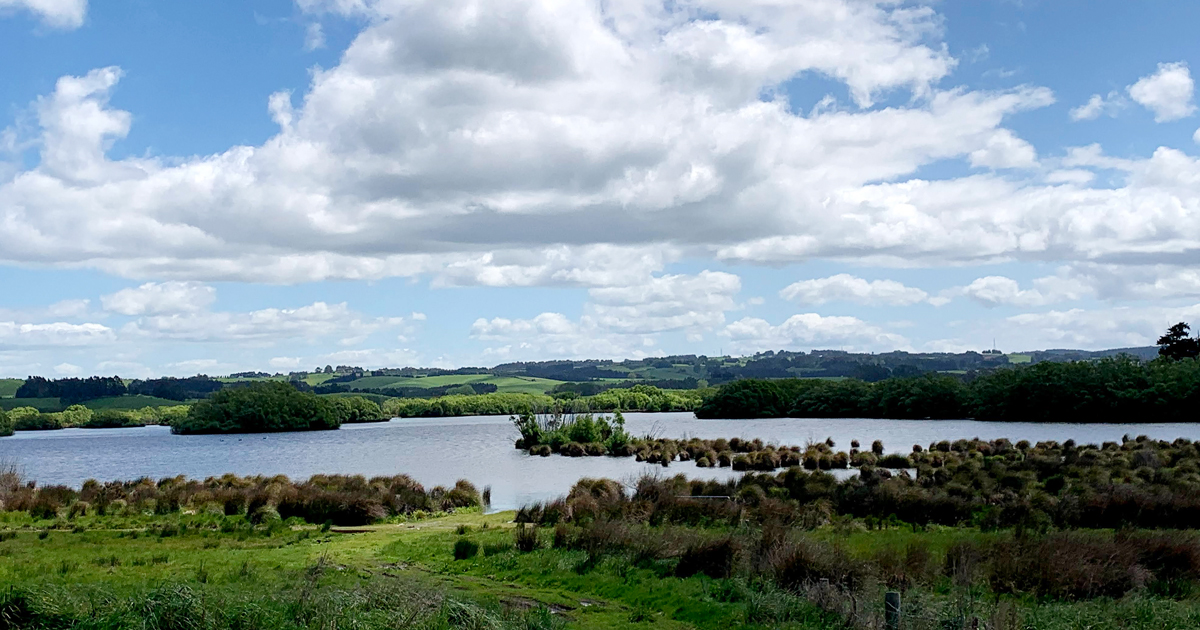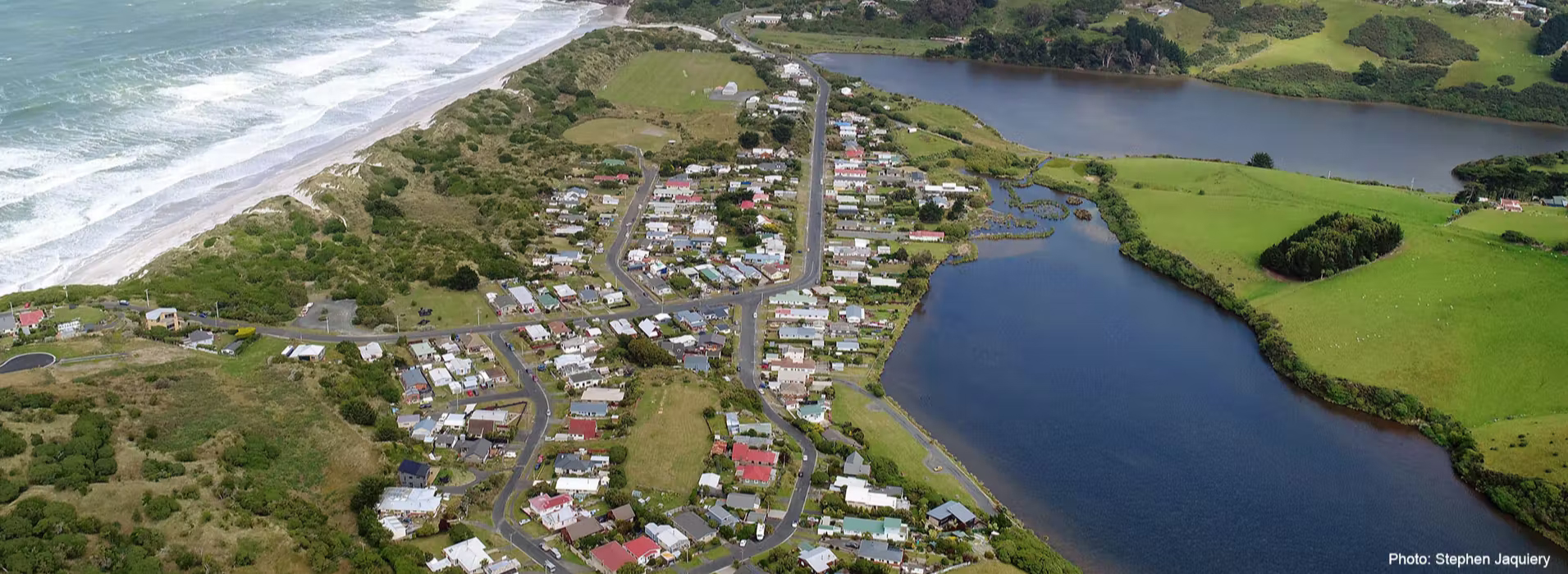Lake Tuakitoto, a large lowland lake and adjoining swamp near Kaitangata, is a regionally significant wetland with exceptionally high ecological values, teeming with indigenous and threatened bird, plant and aquatic life. In recent years, those who know the lake have expressed concerns about the degradation of the Lake and water quality. Council monitoring has identified elevated chlorophyll, nitrate and phosphate levels, and also higher than usual levels of nitrate nitrogen and e-coli in the catchment.
A report to the Council’s Implementation Committee today said recent community consultation highlighted an ecological assessment, collecting water quality data and a hydrological assessment as preferred options the community prioritised for next steps.
The council received 72 public and group submissions.
The data collection work would help the Council and community identify and address the sources of the poor water quality in the Tuakitoto catchment.
Earlier last year, engagement with the community surrounding the Tomahawk Lagoon, near Dunedin, asked for community priorities to address elevated levels of sediment, e-coli, nitrates and phosphates in the lagoon and the nearby creek. Cyanobacteria is also found there in summer. After seeking views on options within the local community, council staff identified the most favoured projects for the community were an ecological assessment, permanent water quality monitoring, and the formation of a catchment community group.
Following its Long Term Plan consultation process last year, ORC budgeted $100,000 for the Lake Tuakitoto work this financial year, $82, 000 in the next 2022-23 year and $84,000 in each of the 2023-24 and 2024-25 financial years. The Council also budgeted $100,000 in its Long Term Plan to go towards improving biodiversity and water quality in Tomahawk Lagoon in the coming 2022/23 financial year, and a further $160,000 in the next two years.
ORC Environmental Implementation Team Leader Libby Caldwell said the level of interest from the public was impressive and greatly assisted the council to select work priorities for the projects.
“Lake Tuakitoto is clearly a special place for the local Clutha community, and likewise, Tomahawk lagoon is much-loved by many people in Dunedin.
“We would like to thank the community for engaging with us on this, and we are delighted that so many in those local communities wanted to come forward and share their ideas as part of our process to prioritise which works they wanted us to proceed with first. This really is a community-led project and we are pleased that project implementation can now commence.”
The committee today approved the management plans for both catchments at its meeting today.
In a separate project, ORC is ahead of schedule upgrading flood control infrastructure at Robson Lagoon, also within the Lake Tuakitoto Catchment area. The work included replacing flow management structures to allow sustainable habitat water levels and flows that facilitate the movement of native fish. This was one of the ‘shovel-ready’ infrastructure projects funded by Kanoa, the Government’s Regional Economic Development and Investment Unit.
Further details on Lake Tuakitoto’s importance
Lake Tuakitoto is habitat for nationally and internationally rare or threatened species including the rare Australiasian Bittern and Banded Dotteral, and is a breeding ground for the uncommon Marsh and Spotless Crake and the South Island Fernbird. It is also a regionally important habitat for waterfowl, waders and swamp birds.
A diverse moasaic of vegetation and wildlife habitats exists within the Lake Tuakitoto area. It is also a nationally important freshwater fishery habitat, supporting longfin eel, Shortfin eel, whitebait/inaka and the common bully-pako populations. It is highly valued by Kāi Tahu for cultural and spiritual beliefs, values and uses, including mahika kai and waahi taoka. It is also a traditional food-gathering area.
The Lake also provides significant hydrological values including maintaining water quality and low flows or reducing flood flows, and so performs a valuable hydrological function in flood protection within the Lower Clutha Flood Control and Drainage scheme. ORC owns the lakebed and some of the lake margins.

Further details on Tomahawk Lagoon’s importance
This is a regionally significant habitat for numerous plant species, and waterfowl and waders. Birds include the Shoveller, Black Swan, Marsh Crake, Spotless Crake, Swamp Hen/Pukeko, Pied Stilt, Variable Oystercatcher, and the Spur-winged Plover. The Lagoon is part of a chain of feeding habitats along coast used by migrating waders. It is also, habitat for native fish and eels. This Lagoon is listed as an Area of Significant Conservation Value in the Dunedin City District Plan.

